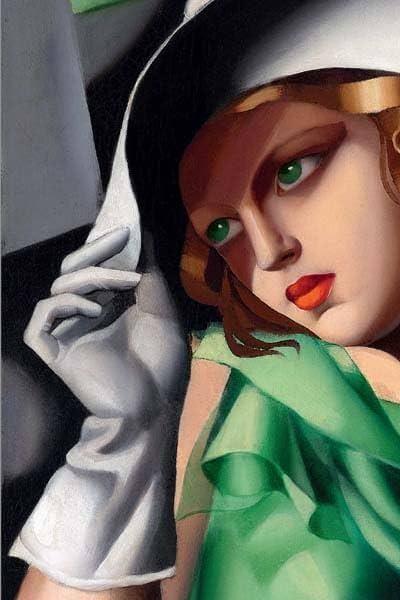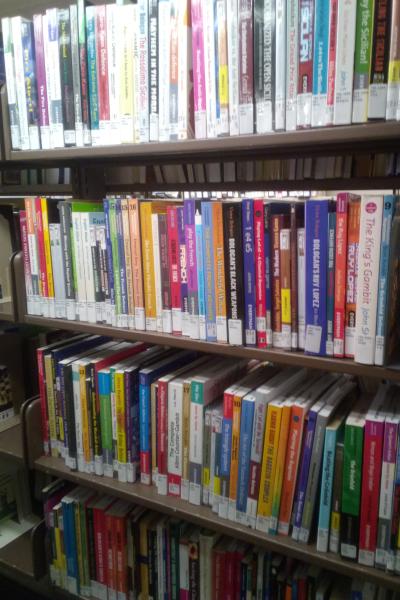
The San Francisco Athenaeum and Literary Association – the first Black circulating library in the West!
As we often say on our regular Wednesday noon tours, the Mechanics’ Institute is one of the oldest libraries in the West designed to serve the general public. That is not quite true though. It is the oldest known library that still exists. In the Gold Rush Era, San Francisco actually had nearly a score of libraries!
The hordes of people who came from all over the world in response to those nuggets of gold found at Sutter’s Fort in 1848 were voracious readers. Thus, there was a great need in the community for places to read, relax, and engage with others over books and the news of the day. Back then books were extremely expensive and took a long time to ship from publishers in the East.
While many early places to read in San Francisco were as simple as a bookshelf of circulating titles in a boarding house, established libraries with their own building, organized collections of books, and a staff were relatively few. There was no tax system yet in place to support a “public library,” and the San Francisco Public Library, the first to be funded by tax dollars, would not open until 1879. The libraries that did exist, unless they were the pet project of a rich community member, operated on the “membership” model as the Mechanics’ Institute does today.
At least 12 reading rooms opened in San Francisco between 1849 and 1854, with the bulk of them opening in 1853-1854. One of these, the Mercantile Association, with which the Mechanics’ Institute would merge in 1906, was founded in December of 1852. Another library, the San Francisco Athenaeum and Literary Association, opened its doors just after the Mercantile, and this organization very possibly was the first Black circulating library in the West.
The San Francisco Athenaeum and Literary Association catered to the small but growing Black population of San Francisco. It was organized in 1853 by William H. Newby, a freeborn Philadelphian who had come to California in 1851. A photographer and journalist, Newby, with the help of Mifflin Wistar Gibbs, who later became the first Black jurist in the nation and the U.S. Consul to Madagascar, founded the Athenaeum and Literary Association as a meeting place for Black men and women throughout the San Francisco Bay Area.
The Black community of San Francisco totalled fewer than 400 people in the early 1850’s, although many lived in the gold-producing counties. Some of these San Franciscans were Americans from the Eastern states, but a number hailed from Jamaica, Barbados, and other Caribbean locales. Although from diverse backgrounds, they found community and common ground in the Athenaeum’s library, reading rooms, and saloon.
The Athenaeum was housed in a two-story building on Washington above Stockton according to one source. Its notable library consisted of some 800 volumes and periodicals from around the world and within its first year, it boasted 70 members and receipts totaling $2,000. This was a remarkable achievement given that running a library before tax support was extremely difficult. Tax support of libraries in California wouldn’t happen until the passage of the Rogers Free Library Act of 1878.
The Athenaeums’ existence, despite its lofty plans, was relatively short-lived. Within five years it had closed its doors – likely because of the great exodus of the Black population to British Columbia in 1858 – but its literary spirit lived on in San Francisco, as evidenced in part by the rich reporting in the local Black-owned press. Many of these papers are fragmentary and difficult to find digitized but here’s a list!
The Mirror of the Times (1857-1862) was founded after the first California State Convention of Colored Citizens. Only fragments have survived but you can view this online via the rather clunky Library of Congress’ Chronicling America Project or by requesting the microfilm at the California State Library or from the Library of Congress (microfilms can usually be lent to view at your local library).
Two other papers that thankfully can be searched from the comfort of your home from the California Digital Newspaper Collection include the abolitionist weekly Pacific Appeal (1862-1880) and the Elevator(1865-1898). Enjoy!
If books are your preferred media, Mechanics’ Institute Program Librarian Myles Cooper has created a wonderful display of books to honor Black History Month, and you can find them on the 3rd floor. To find more, just ask a librarian on the 3rd floor of the library or send an email to [email protected].
This vignette comes from the talk “Libraries of the Barbary Coast” If you would like to attend the lecture in full please click here.
……….
Photo Credit – Library of Congress https://www.loc.gov/pictures/item/2016703516/
Judge Mifflin Wistar Gibbs (1823-1915), photo circa 1901-1903. Mr. Gibbs was one of the founders of the Athenaeum and Literary Association.



